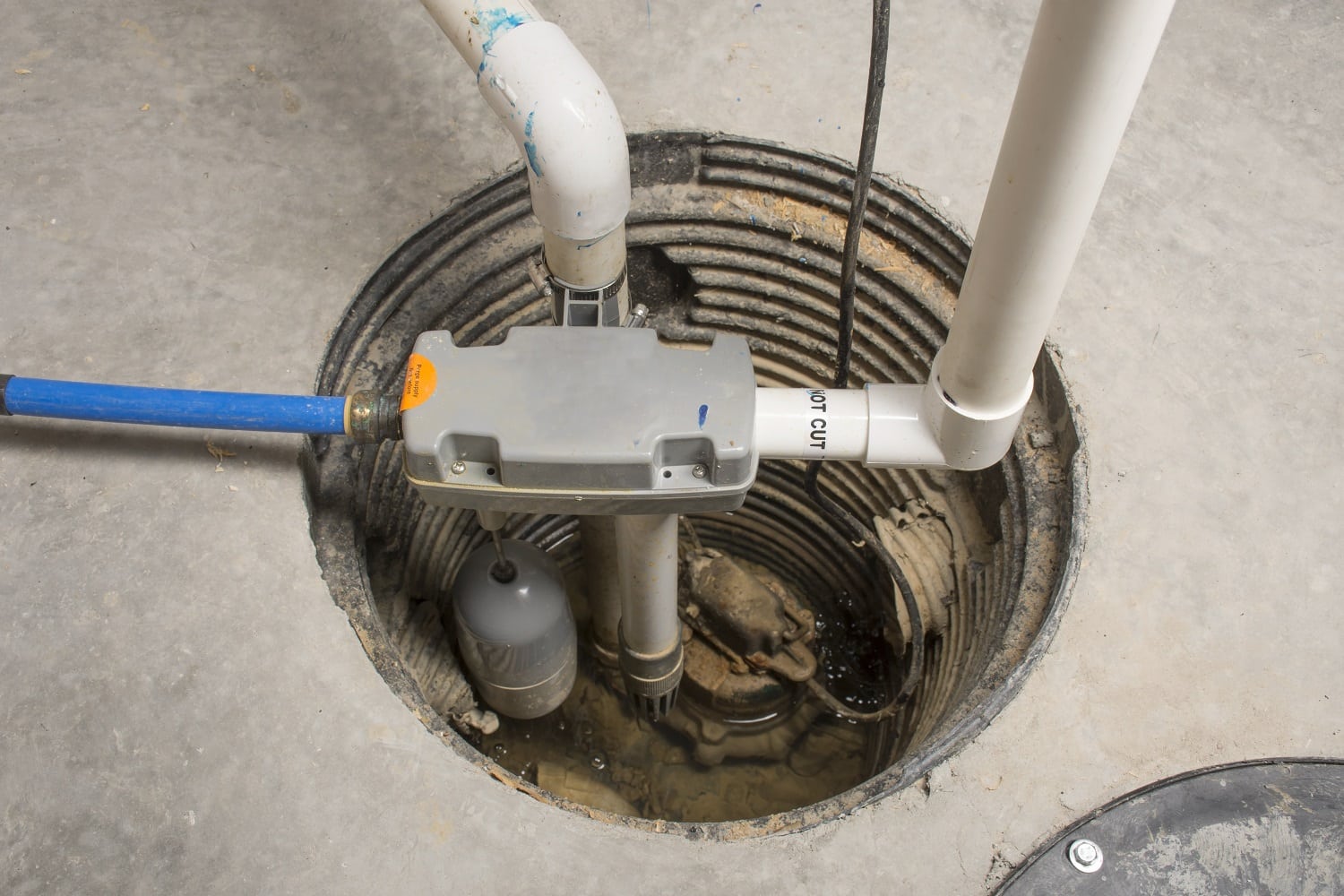
If you’re like many Michigan homeowners, you have a basement – and you also have a sump pump. You have to take good care of your sump pump, especially because if it fails, it can cause all kinds of water damage in your home.
It doesn’t even take a huge flood to cause problems. Even a little bit of water can foster mold and mildew.
But how does a sump pump work?
How a Sump Pump Works
A sump pump starts with the lowest part of your basement – that’s where the hole it sits in belongs. It filters out water; if the pit fills up, the pump turns on and moves the liquid from the pit through pipes. The pipes deposit water in an area where it can drain properly (away from your foundation).
There’s a one-way valve in a sump pump system that keeps the water from coming back into your home.
It’s usually powered by your main household current, and the vast majority of sump pumps turn on when the pressure sensor or float activator notices that there’s water building up. When the motor activates, the impeller (think of a propeller, only it’s inside and acts like a fan) turns. It forces the water toward the sides of a pipe and drags more water in.
Has Your Sump Pump Failed and Caused Damage in Your Home?
We provide several damage restoration services, including fire, smoke and soot restoration services, as well as water damage restoration services in Ann Arbor and all the surrounding communities that can help you and your family get back on track.
Call us at 517-262-3770 or get in touch with us online today.









